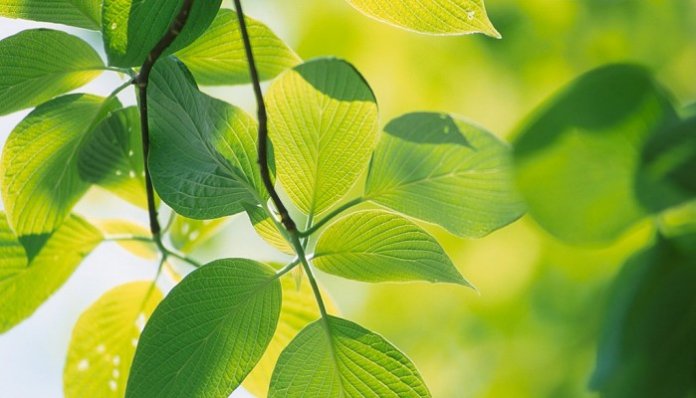A South American plant from the Asteraceae family, Chevreulia stolonifera belongs to Semyan flight range record... With air currents, they are able to overcome the distance of more than 7.5 thousand. km.
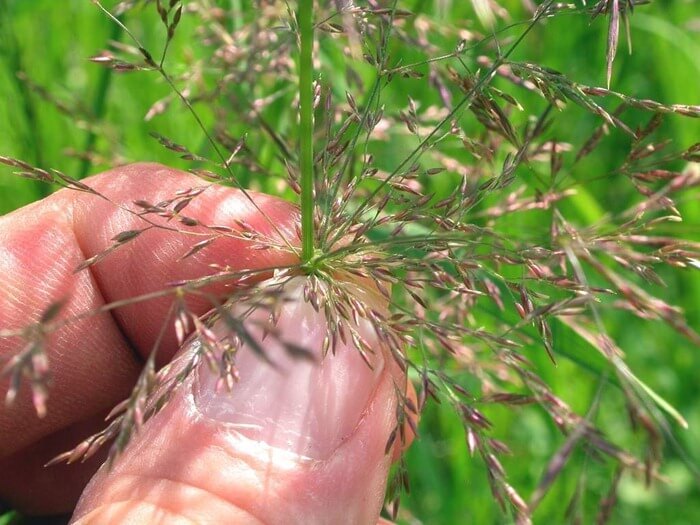 No less than 12 thousand kilometers floated the seeds of the tropic vine from the legume family - the giant entada (Entada scandens). Large, up to 1 m long, beans of this plant able to spend more than a year in salty sea waterwithout losing the germination of seeds.
No less than 12 thousand kilometers floated the seeds of the tropic vine from the legume family - the giant entada (Entada scandens). Large, up to 1 m long, beans of this plant able to spend more than a year in salty sea waterwithout losing the germination of seeds.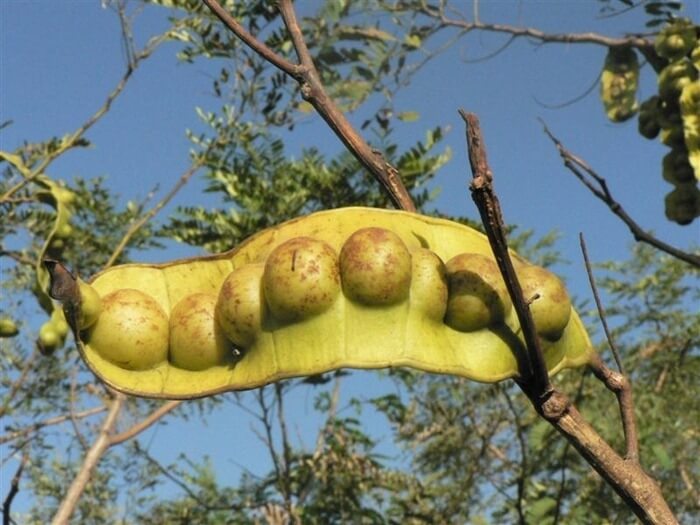
For about a year they can swim in fresh water filled with air leathery ococ bags.
The most common weed plant, which has covered the territory of more than 100 countries, is the sedge species - Cyperus rotundus. Fortunately, in Russia, apart from the Caucasus, it practically does not occur.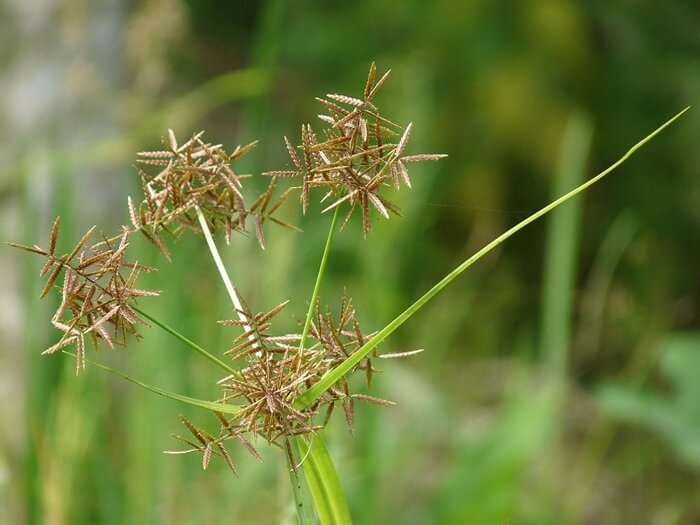
The Brazilian plant water hyacinth, or Eichhornia crassipes, from the non-Russian name of the family Pontederiaceae) has spread to almost all large reservoirs, as well as peaks and lakes of the tropical New Star, St. malicious water copnyak.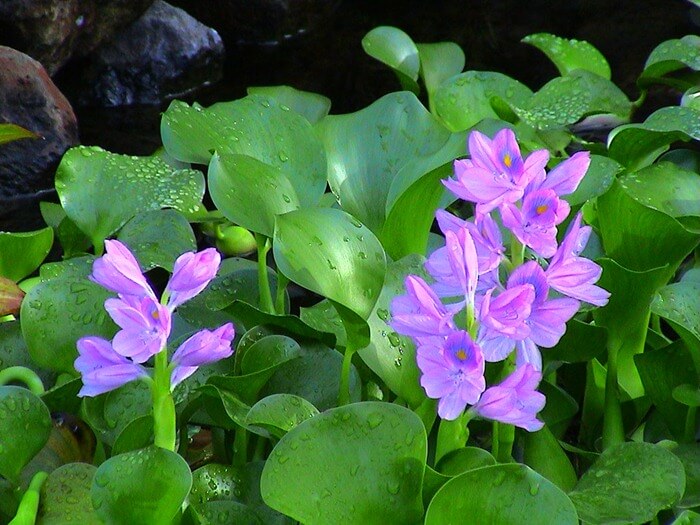
One of the most salt-tolerant land plants is colepoc (Salicornia europea, from the family of chimneys). It grows on the seacoasts and salt marshes with a salt concentration of up to 6% in ground waters. And ego seeds sprout even in 10% salt solution.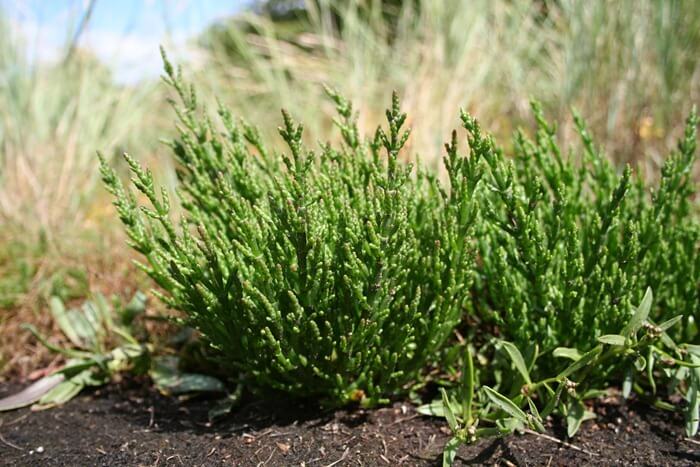
The second largest family of the monocotyledonous class is cereals; it includes from 8 to 10 thousand species. Cereals are widespread, they are found even at the extreme boundaries of vegetation distribution - in Antarctica and on the islands.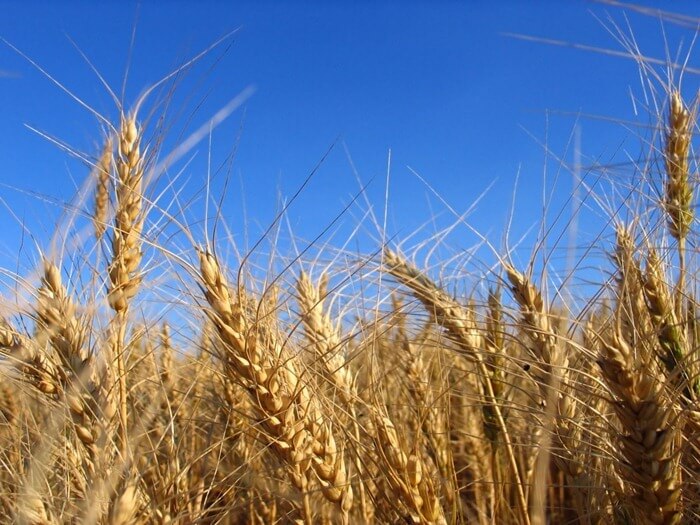
The green algae Dunaliella salina can exist in salty lakes with a salt concentration of 285 g / l.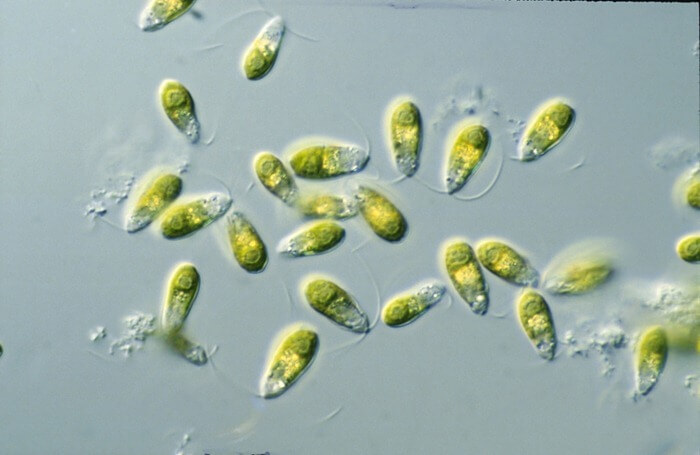
In the class of dicotyledons, the largest family - complex colors. It includes about 900 genera, including from 13 to 20 thousand species. Like cereals, complex flowers are widespread everywhere - from the Arctic to the Antarctic, from the plains to the highlands.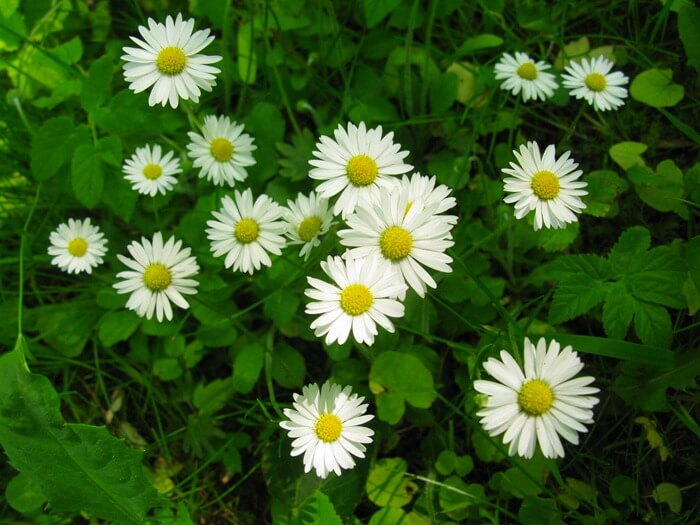
The northernmost point on Earth where a flowering plant is found - Alpine yascock (Cerastium alpinum, from the guzidichny family) - Lockwood Island, which is located in the Canadian Arctic Archipelago - 83о24 N. Further to the north only some mosses and lichens can be found. 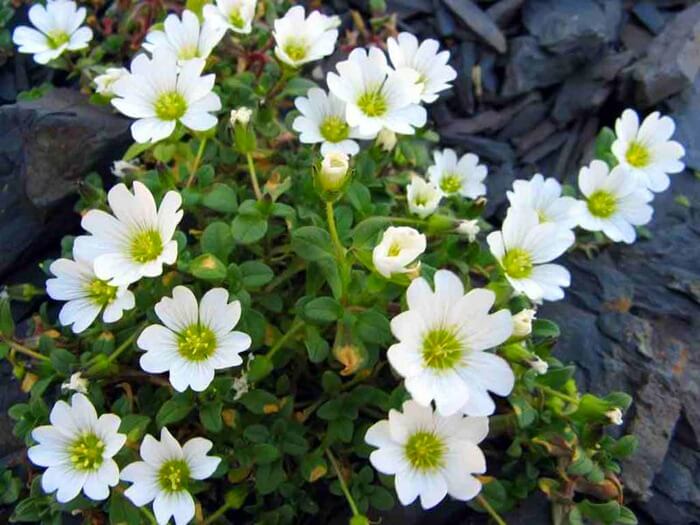
The most southern border of distribution of flowering plants lies between 64o and 66o S. on the Antarctic continent and the Antarctic islands. Here, in the moxo-lichen deserts of Antarctica, there are two species of flowering plants - the thick-leaved colobanthus (Colobanthus crassifolius, from the family of guards) and the grass pike antapacticia. 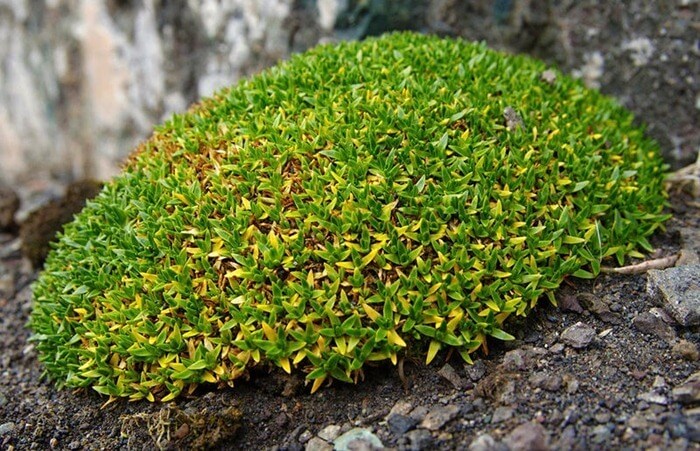
The highest growth rate has One of the relatives of the bambuk is the edible leaf beetle (Phyllostachys edulis), which grows wild in the south of China. The daily growth of the runs of this plant reaches 40 cm, i.e. 1.7 cm per hour. In just a few months the foliage grows to a height of 30 meters, reaching 50 cm in diameter.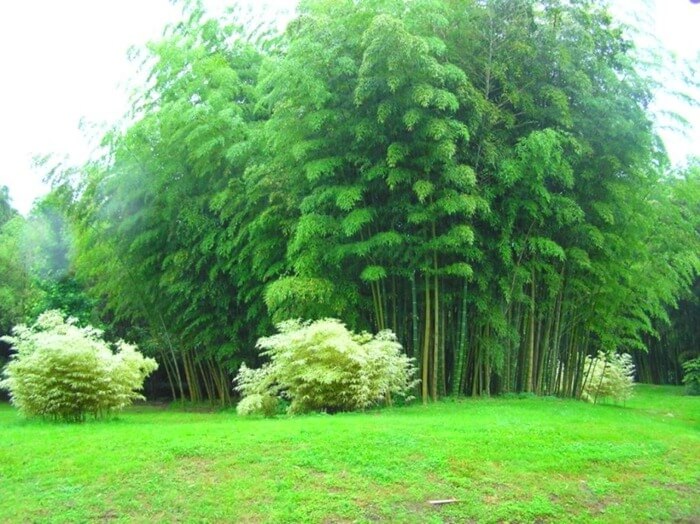
There are plants common on all continents of the Earth... They got the name of the cosmopolitan. The five of the most widespread plants include: shepherd's bag (Capsella bursa-pastoris, from the cruciferous family), crimson, or bird knotweed (Polygonum aviculare), from the buckwheat family), annual bluegrass (Poa annua from cereals) or star pea Stellaria media, from the clove family) and dioecious nettle (Urtica dioica, nettle family). 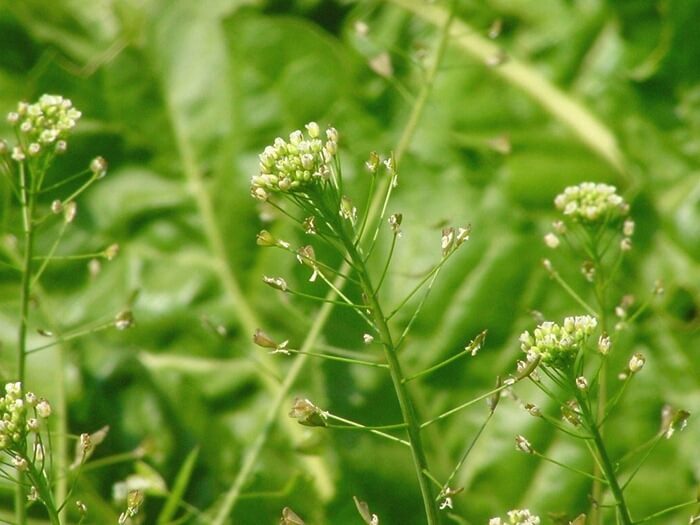
The most diverse by the number of species hawkweed (Hieracium, family of Asteraceae) is considered to be the species of flowering plants. The species of the jasper are very changeable, in addition, there are many transitional forms. Therefore, the size of this pode is estimated by different botanists from 1 to 5 thousand. species. 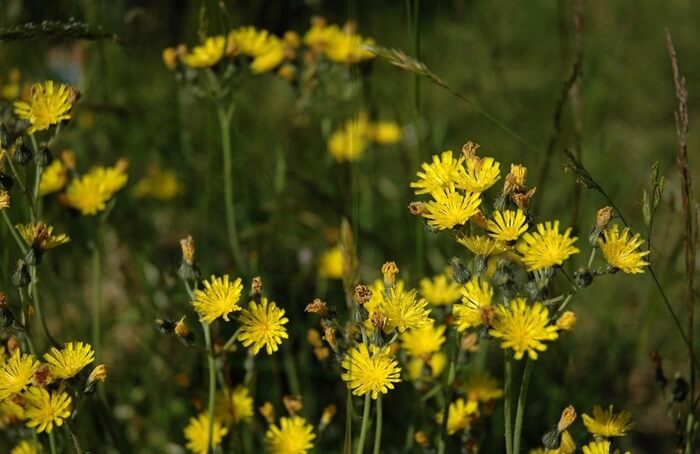
Sedges (Carex, sedge family) are also very large genus. At present, according to the estimates of sedge specialists, there are from 1.5 to 2 thousand species.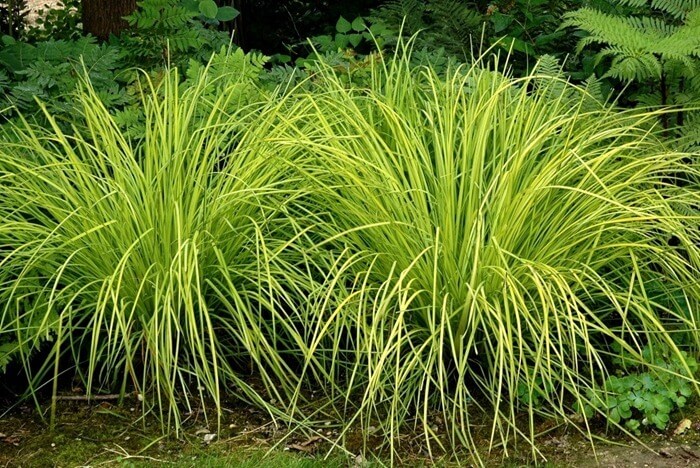
The oldest tree on Earth it is also considered a goosemenny plant - spinous pine (Pinus longaeva or P. aristata), which grows in the mountains of Eastern Hevada.The radiocarbon analysis method showed that the growth of this tree is about 4900 years.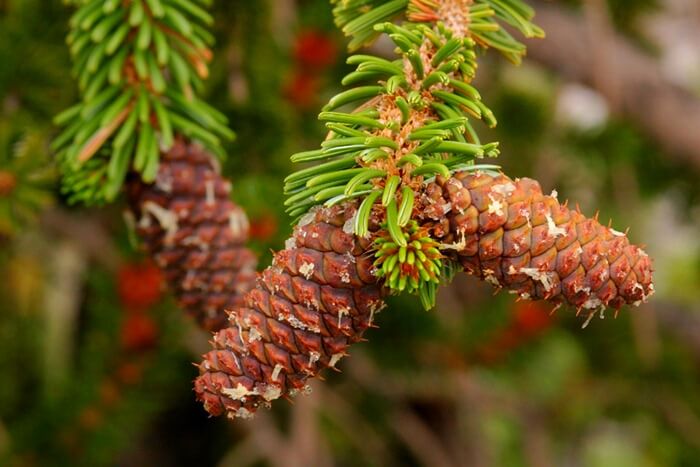
Blueberries (Vaccinum myrtyllus) and cranberries (Oxycoccus palustris) from the lingonberry family (concurrently with other views, from the heather family) growing on sphagnum bogs able to tolerate very high soil acidity - pH about 3.5.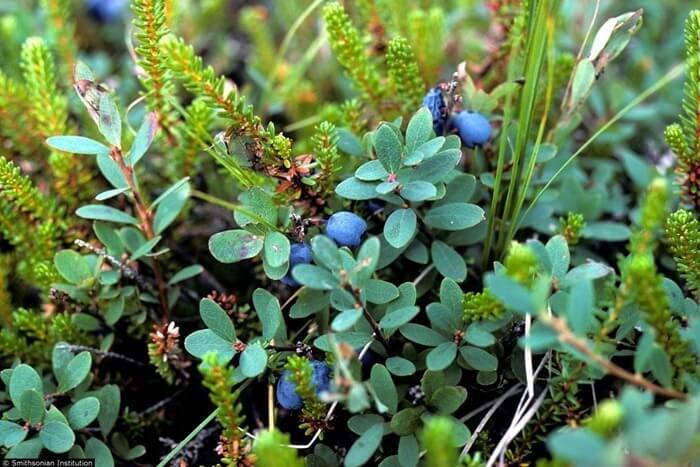
Some cultivated plants can grow in a wide range of soil acidity. Thus, rye and sorghum are most indifferent to the acidity of the soil and survive in the pH range from 4.5 to 8.0. Cakes and carrots do not tolerate very acidic soils, but they calmly tolerate pH fluctuations from 5.0 to 8.5. 
One of the "thickest" trees in the world is considered the African baobab (Adansonia digitata, from the bombax family). The diameter of the trunk of the largest of the described baobabs was about 9 m. , 4 m in diameter. The age of this giant was estimated at 3600-4000 years. In Mexico, giant aquatic cypress (Taxodium mucronatum) grow - gymnosperms from the order of cypress, with a trunk diameter of 10.9 to 16.5 m.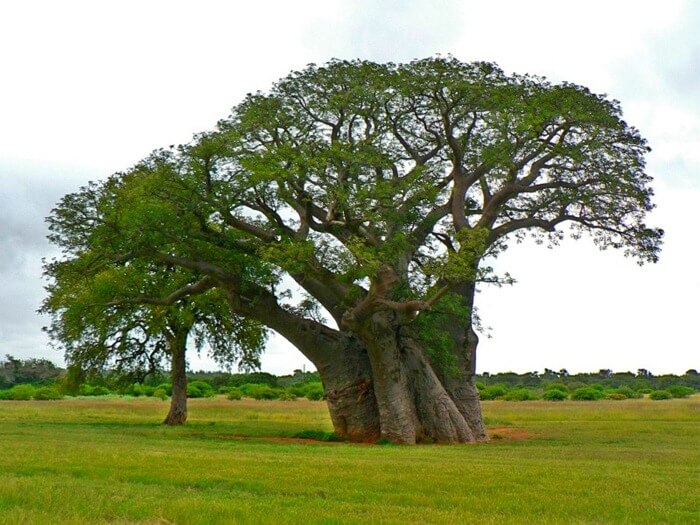
The longest tree on the Earth there is a liana-shaped rattan palm (genus Calamus, palm family). Its total length, according to various sources, reaches from 150 to 300 m. It is interesting that the diameter of the trunk at the base does not exceed a few centimeters at the otang. Rattan stems stretch from tree to tree, holding on to plant-props with the help of strong thorns, located on the middle veins of large feathery leaves.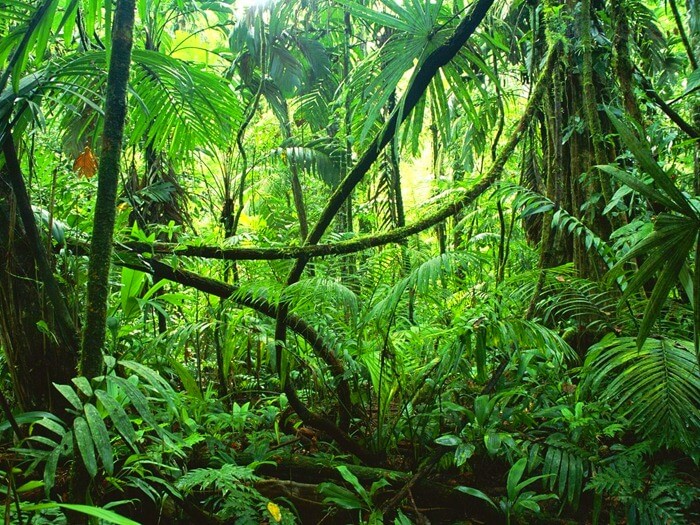
The total length of all roots of a four-month plant of winter rye is more than 619 km.
The largest leaves in the world are raffia tedigera (Raphia taedigera) growing in Brazil. With a 4-5-meter petiole, its perishable leaf blade reaches a length of more than 20 m and a width of about 12 m. 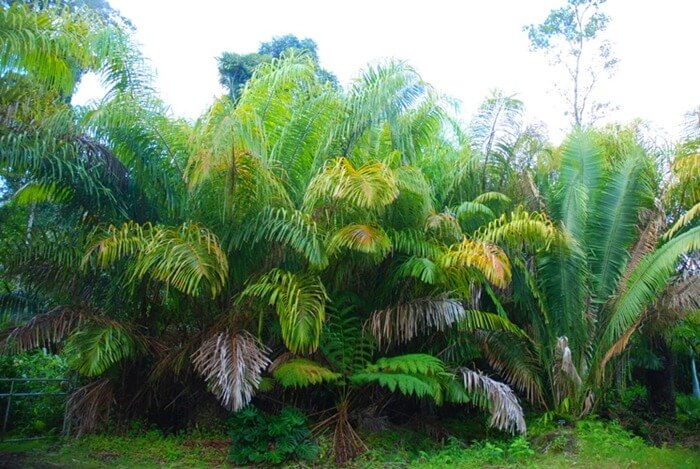
Largest solid plate casts has an Amazonian water lily - Victoria amazonica (synonym - V. regia, from the family of water lilies). Their diameter reaches 2 m, and the maximum "load capacity" with a uniform load is 80 kg. 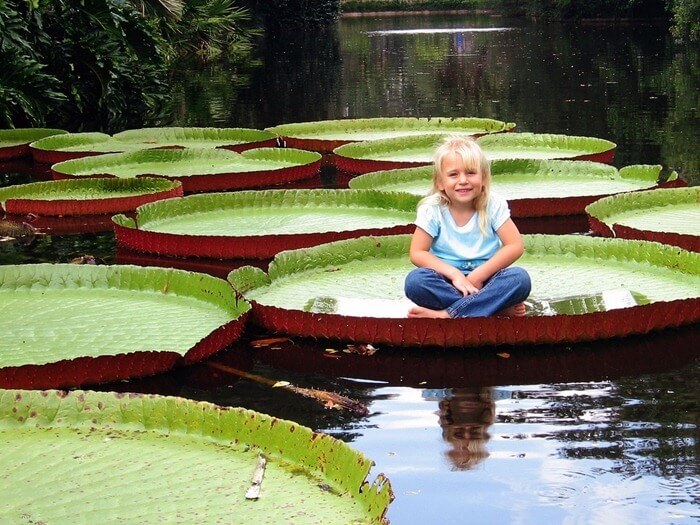
One of the most large leaf buds (shortened future runs) - head of cabbage. The weight of a head of cabbage can reach over 43 kg. 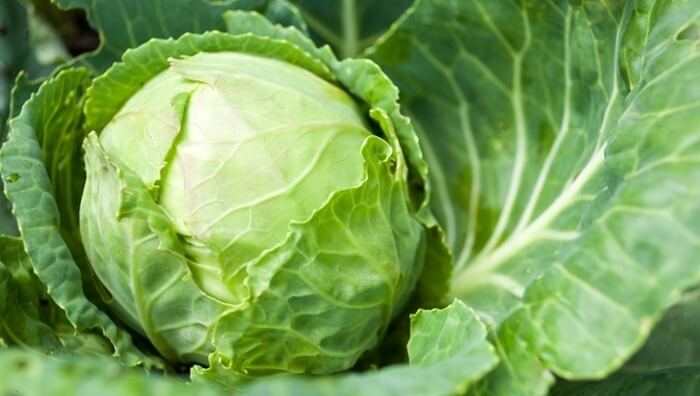
The most small flower plant on earth - found in the fresh waters of Australia and the tropics of the Old World, the wolfia arrhiza, from the family of papaceae. The tiny wolfia leaf has a diameter of 0.5–2 mm. In this case, the plant is able to form rather large clusters, tightening the surface of the water with a continuous film, like an ordinary duckweed. 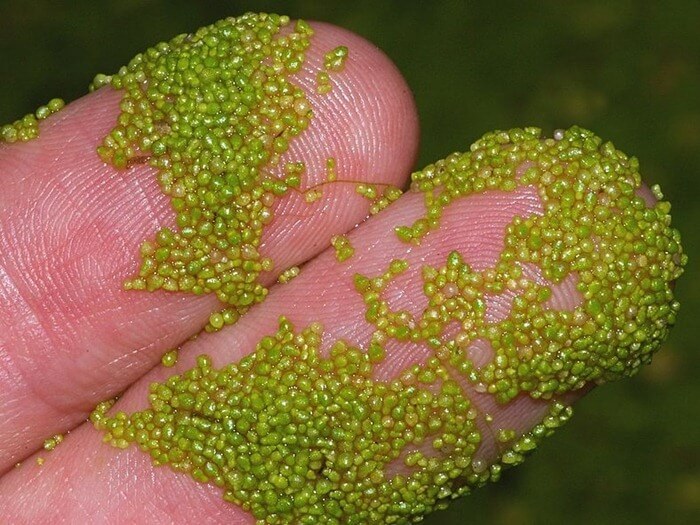
The wolffia infantile and her relative have duckweed (Lemna minor) and the smallest flowers. Their diameter does not exceed 0.5 mm. 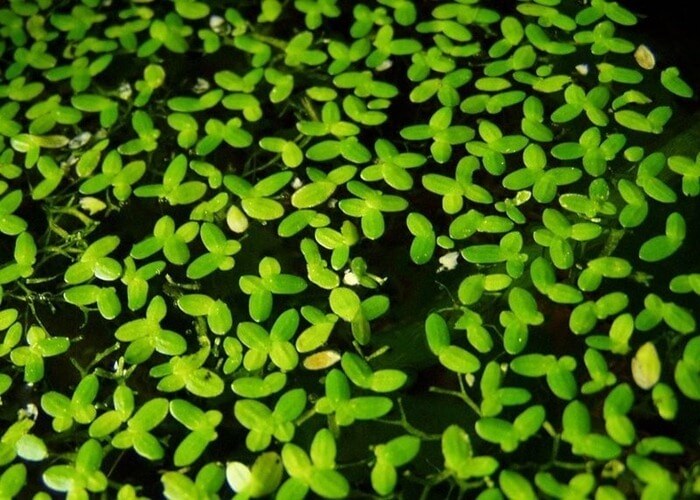
The largest inflorescences the coryphae umbraculifera (Corypha umbraculifera), which grows in southeastern Asia and in the east of Sri Lanka, possesses. The height of its inflorescence reaches 6 m, and the number of flowers in the inflorescence is half a million. 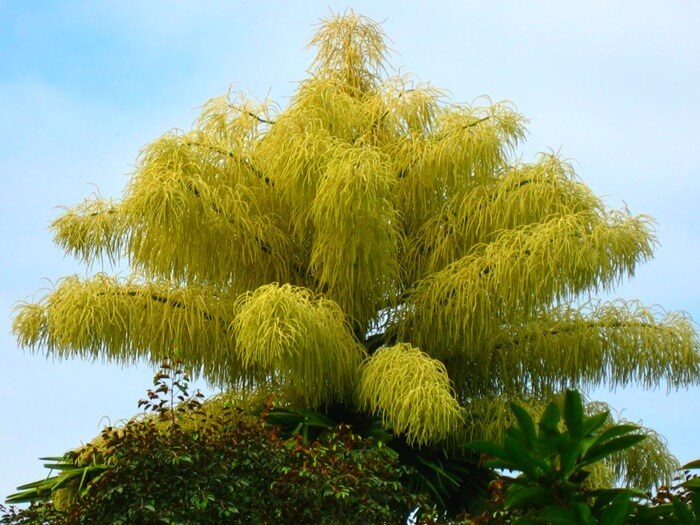
Blossom duration record set the palm tree burning kapiota, or kitul (Caryota urens). This tree, growing in southwestern Asia, blooms once in a lifetime, after which it dies. One bloom lasts continuously for several years. 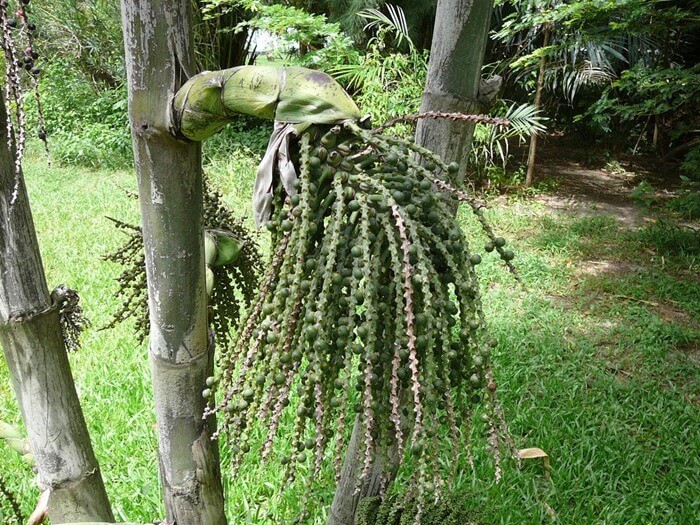
At an altitude of 6218 m above sea level, a squat plant of the bryophyte (Arenaria musciformis, from the family Arenidae) rises in the mountains. Slightly lower, at an altitude of 6096 m, in the Himalayas, several species of edelweiss (Leontopodium) from the Compositae family grow.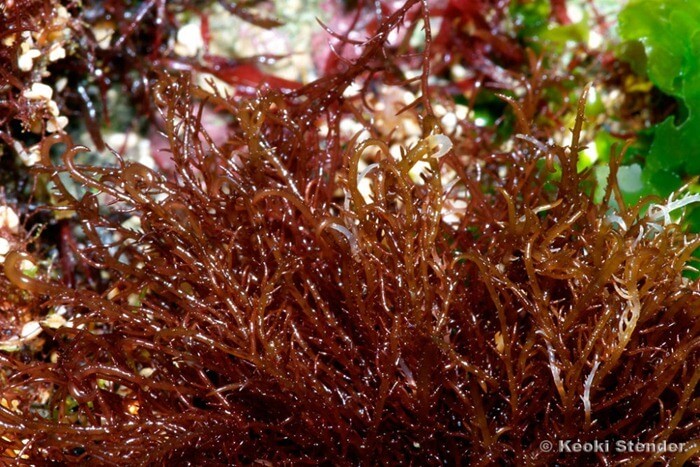
Cultivated plants also rise high in the mountains. In Central Asia, the land border reaches 5 thousand meters above sea level. In Tibet, barley is grown at this height.
The largest fruits in the world grow on a herb of common pumpkin (Cucurbita pepo) - they can weigh over 92 kg.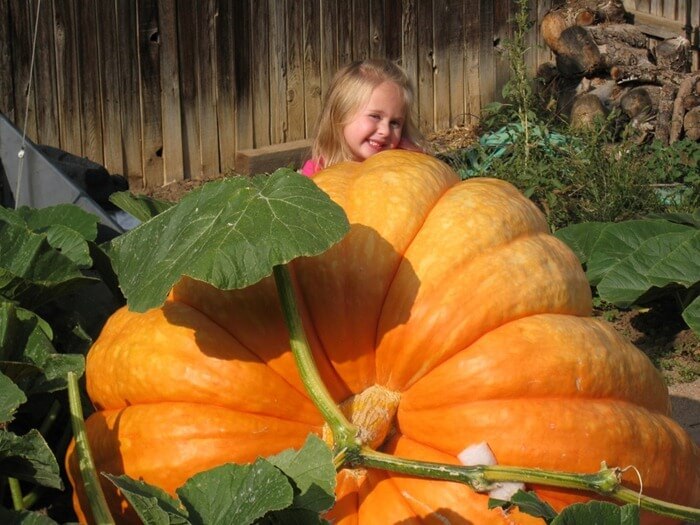
The smallest among flowering plants seeds has a parasitic plant called broomrape (Orobanche ionantha, from the broomrape family). Became one seed only one hundred millionth of a gram. 
About 45 species of flowering plants are so original that for them separate families were established - with a single genus and one species. Most of these plants are inhabitants of tropics and subtropics. And in the temperate zone, there are adoxa moschatellina and umbellatus (Butomus umbellatus) - the only representatives of the families, respectively, of adoxa and susak.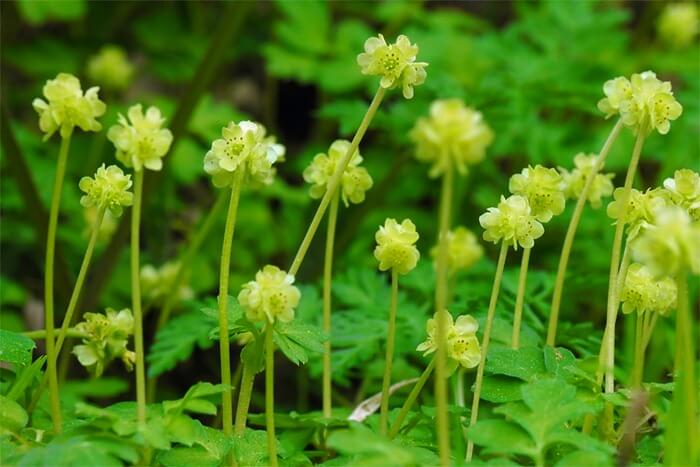
Some large tubers (modified underground shoots) is formed by the Asian yam plant (Dioscorea alata, from the Dioscorea family). Tubers of cultivated yam can reach a mass of 50 kg. They are eaten baked or cooked, and taste like potatoes. 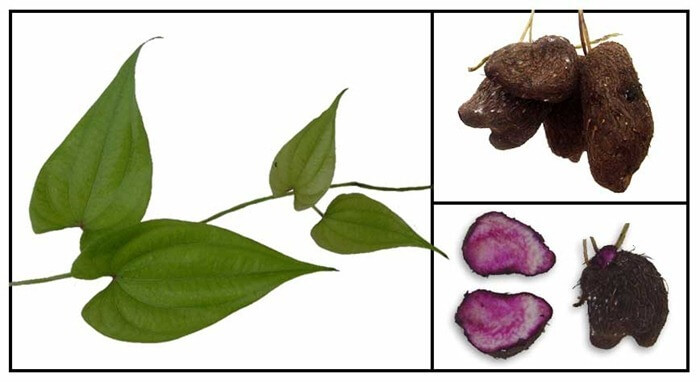
The leaves of Stevia Pebo (Stevia rebaudiana), a plant from the Asteraceae family, native to South America, contain steve glycosides and rebodin, which 300 times sweeter than sugar.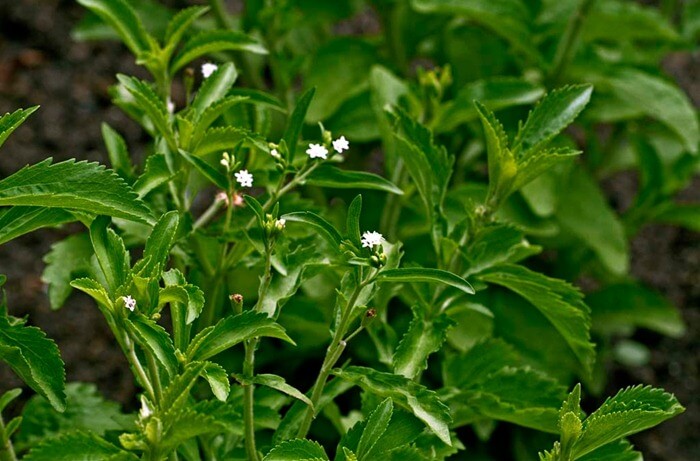
Seeds contain the most protein - 61% - contains legumes lupine (genus Lupinus). However, along with white, lupine seeds contain poisonous alkaloids, which prevents them from being used in nutrition. 
Cuban tree echinomene bristly (Aeschynomene hispida, from the legume family) has the lightest wood in the world... Its density is only 0.044 g / cm3, which is 23 times less than the density of water and 3 times lighter than the wood of the famous balsa tree. The raft "Kon-Tiki" was made from the wood of the balkovo wood, on which the famous traveler Thor Heyerdahl crossed the Pacific Ocean.
The largest flower in the world - in a parasite plant of tropical forests of western Sumatra, described in 1821 - Arnold's raffles (Rafflesia arnoldi, from the Rafflesia family). At present, its maximum dimensions are estimated at 45 cm in diameter with a weight of 7 kg. 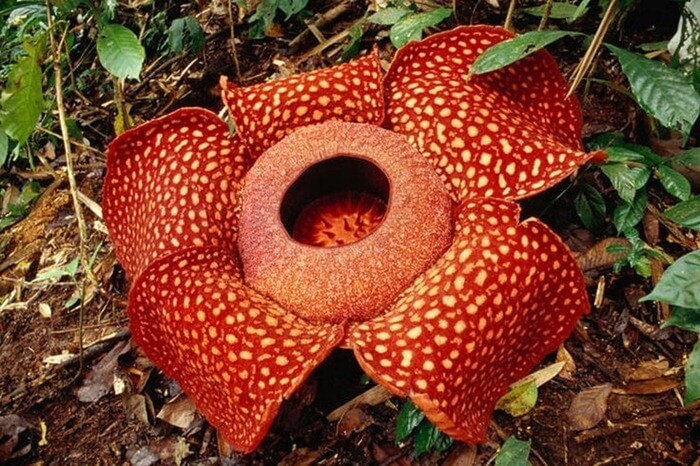
Record holder for crown area, is considered the Indian banyan tree, or Bengal ficus (Ficus bengalensis, from the mulberry family). This ficus forms on the lateral branches a large number of aerial roots, which, reaching the ground, nestle and turn into false trunks. As a result, the huge crown of the tree is supported by root supports. The most famous of the banyans grows in the botanical garden of the city of Kolkata. In 1929, when measurements were made, the circumference of its crown exceeded 300 m (slightly less than 100 m in diameter), and the number of “trunks” - aerial roots - reached 600. 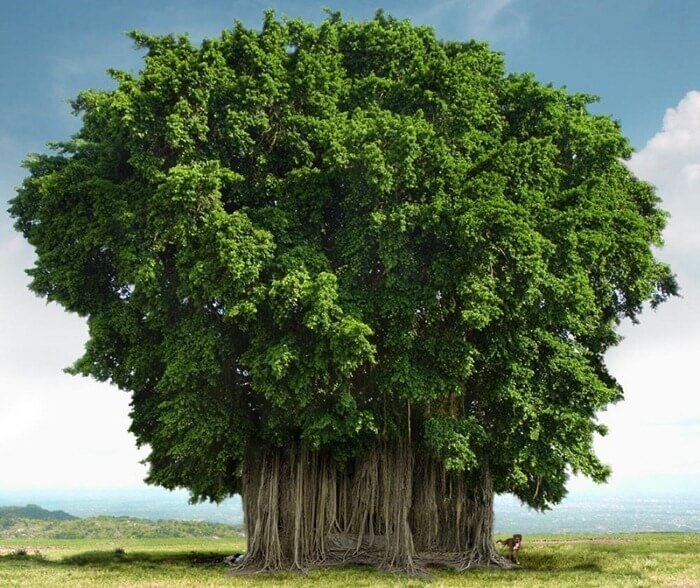
Nelumbo nucifera seeds (lotus family), discovered in 1951 in Japan, in a peat bog at a depth of 5.5 m, were in a boat that belonged to a man of the Stone Age. After extracting them from the peat, they sprouted, the lotus developed normally and bloomed. The burial of these seeds in peat without the availability of oxygen contributed to the preservation of their viability. The radiocarbon analysis method showed that by this The family was at least 1040 years old. 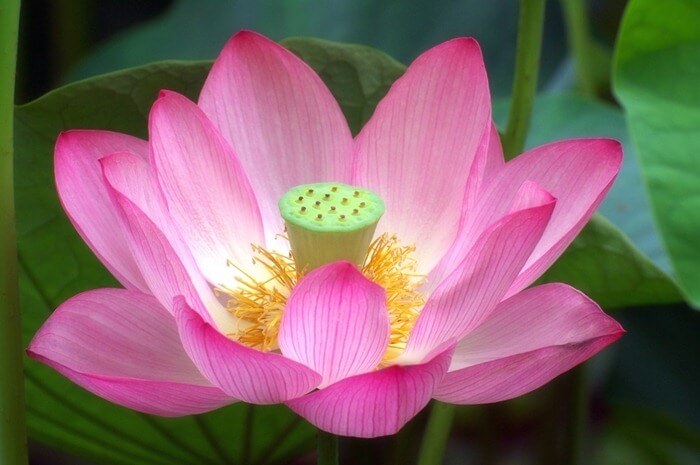
The largest conditions are characteristic of a grape tree from the mulberry family, more precisely, one of its species, jackfruit (Arctocarpus heterophyllus). The weight of one seed is about 40 kg, length - about 90 cm, width - up to 50 cm.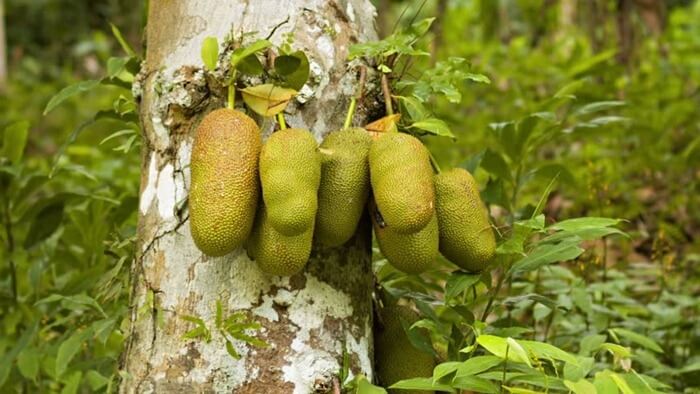
The largest pollen grains - their diameter is 250 microns - are common pumpkin. AND very fine pollen formed in the anthers of forget-me-not (Myosotis sylvatica) - 2–5 microns. Interestingly, both of these plants are insect pollinated. In mite plants, the diameter of pollen grains is, on average, 20–50 microns. 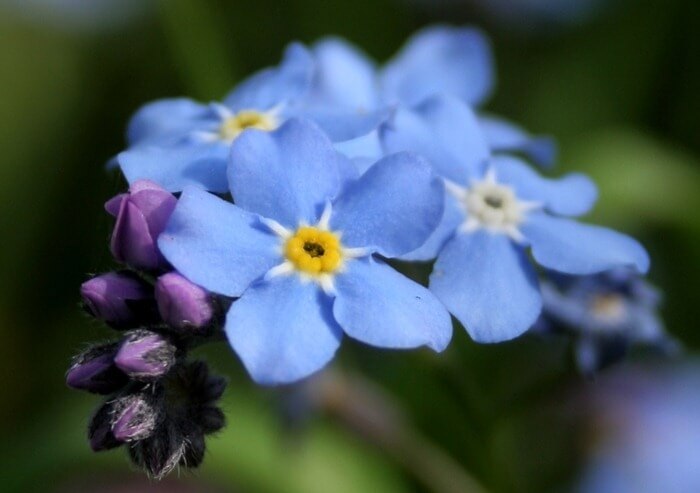
The tallest tree on Earth at the present time, the evergreen sequoia (Sequoia sempervirens) Hyperion is considered. The largest tree ever measured in the last century in the National Park of the United States, had a height of 120 m and was called the "Father of Leos". Close in size to the evergreen sequoia and the sequoia dendron, or mammoth tree (Sequoiadendron giganteum). However, these plants belong to gymnosperms (order of cypress), and the tallest flowering plants on Earth are the Australian eucalyptus (Eucalyptus, the family of the world). The highest eucalyptus treesexisting now, there are two trees belonging to the species Eucalyptus regnans. One of them is 99.4 m high, and the other 98.1 m. 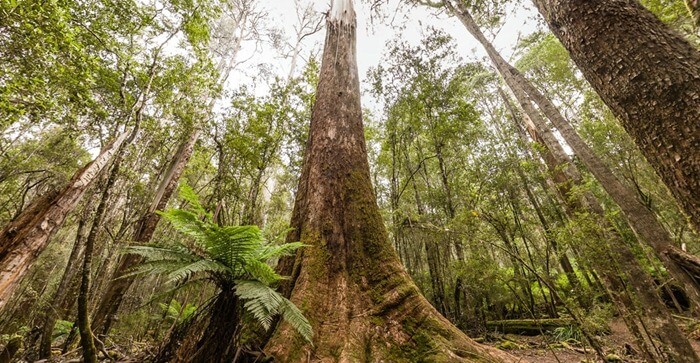
The most "heat-resistant" land plant is a camel thorn (Alhagi camelorum, from the legume family). It will take the temperature up to +70 oC. 
Shoots of trees of the genera birch (Betula, birch family), poplar (Populus, willow family) and - from the goosemen - larch (Larix) are very cold-resistant... They are able to withstand cooling down to –196 ° C. Cuttings of black currant (Ribes nigrum, from the gooseberry family) are able to withstand cooling down to -253 ° C, without losing the ability to root after thawing. However, this is the potential cold tolerance of plants, established under laboratory conditions. At the pole of the same cold in the northern depths of birch and larch, the temperature drops to –71 ° C 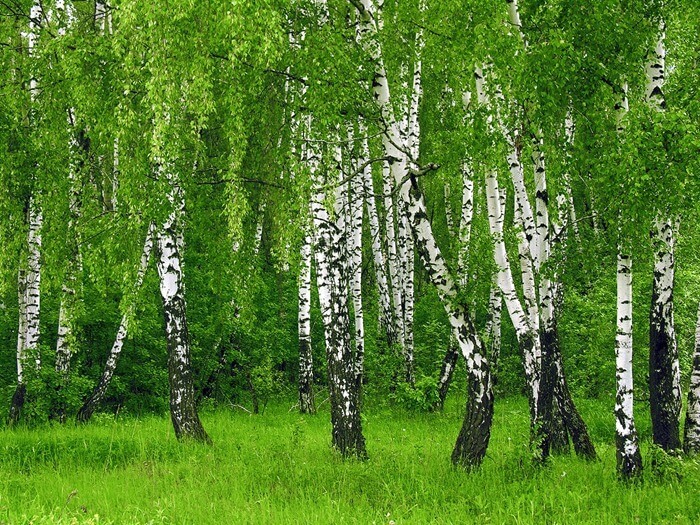
And finally, a few more interesting facts related to other groups of plants and fungi.
Caмoe large aquatic plant - brown water macrocystis (Macrocystis pyrifera). Its maximum length, according to various sources, ranges from 70 to 300 m. 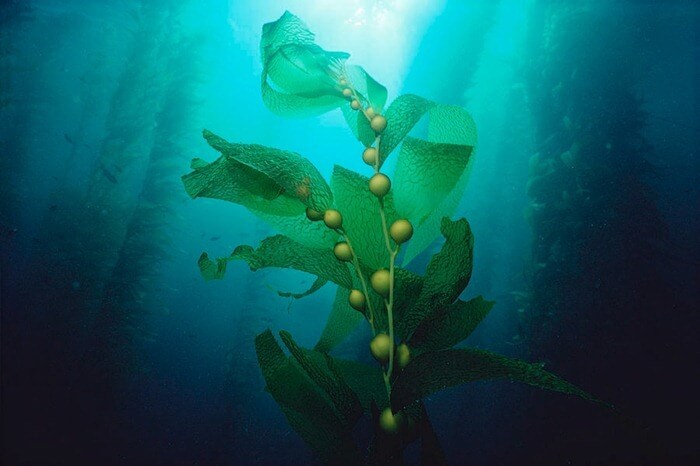
Peak-change immersion in the water column is also the brown alga Podpigeca kelp (Laminaria rodriguesii). In the Adriatic Sea, it was raised from a depth of about 200 m. 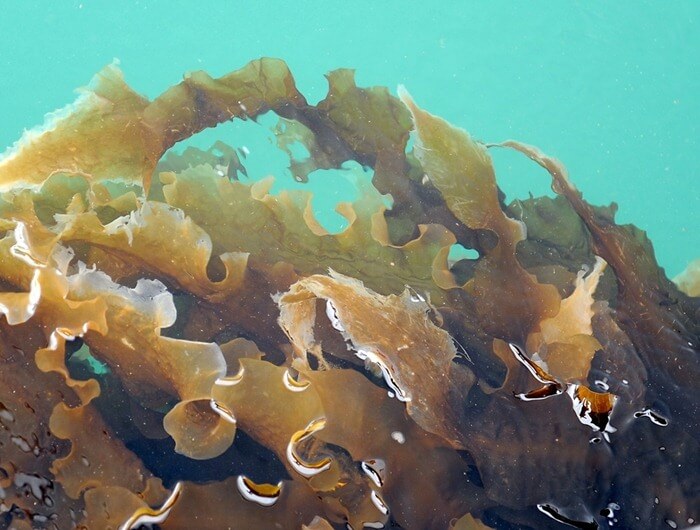
And here the blue-green algae filiform occillatoria (Oscillatoria filiformis) is excellent lives and reproduces in hot spring water, the temperature at which reaches +85.2 ° C. 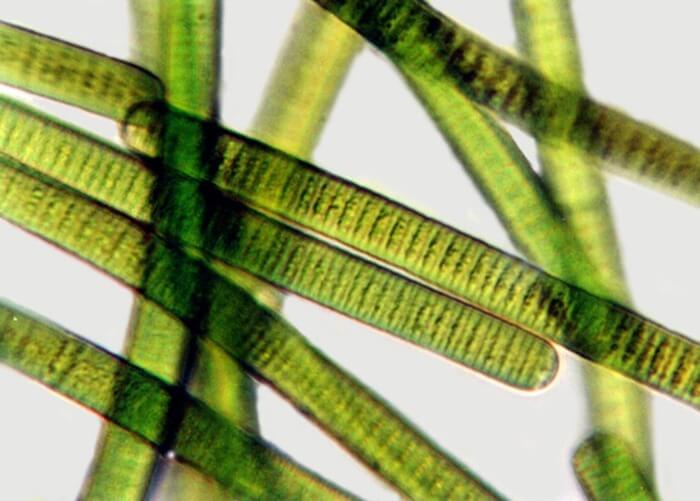
Bushy lichens like cladonia in a dried state remain alive after heating up to +101 ° C.Slender barbul moss (Barbula gracilis) retains its viability even after keeping it at a temperature of + 110-115 ° C for 30 minutes.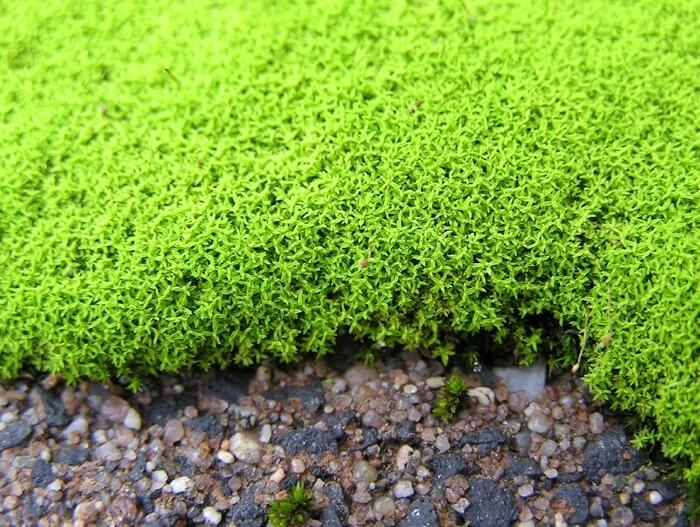
The title of the most drought-resistant plant is claimed by the sea brown alga - bubble fucus (Fucus vesiculosus). It tolerates a tenfold loss of moisture from the original content. By the way, this is the most frost-free among algae... Fucus can withstand temperatures up to –60 ° C. 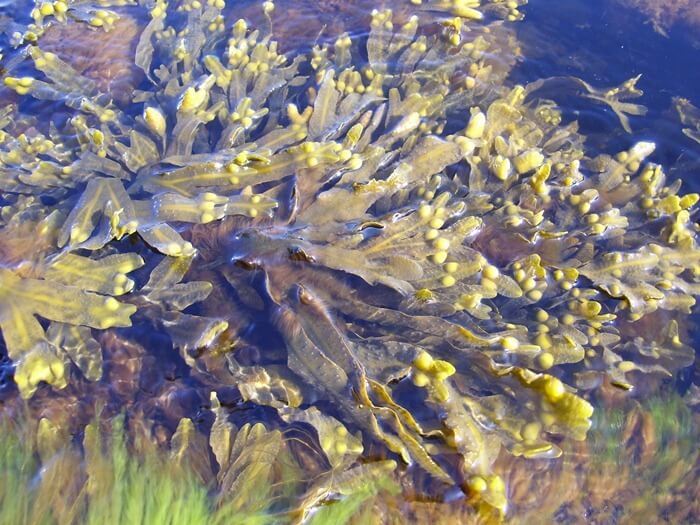
Growth rate of the fruiting body of the fungus common beetles (Phallus impudicus) is twice as fast as the growth rate of the shoots of foliarwort, reaching 5 mm per minute. 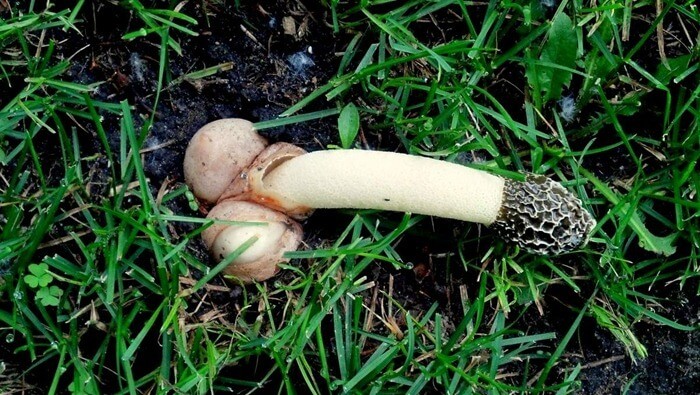
The densest wood, which is 1.5 times heavier than water, has a piratinera (genus Piratinera, from the mulberry family) growing in Guyana. Almost the same dense wood is possessed by the guayac, or bakout tree (Guajacium officinale, from the family of the aromaticaceae). Its density is 1.42 g / cm3. As a matter of fact, the wood of the bakout tree almost does not lose the gland. 

